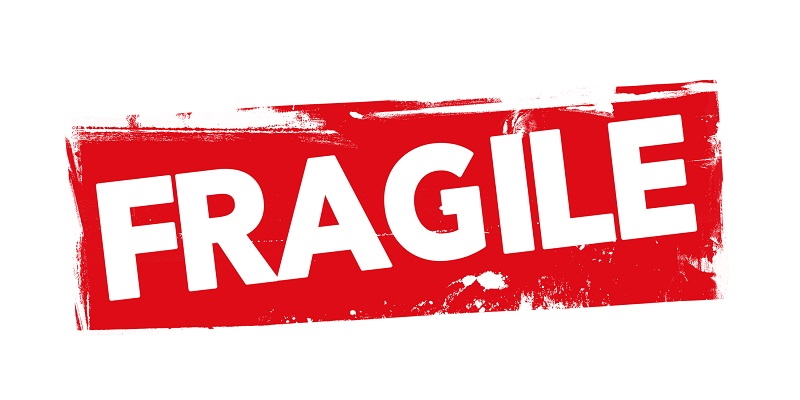When homeowners are planning and organising a home move they will hire removalists, not just for them to physically implement the move on the day, but also for their experience and advice. That experience and advice will cover many aspects of a home move, and one of the most important is how to pack items so that they are safe from damage or breakage.
The items in question will range from large, such as display cabinets and appliances, to small items such as ornaments and glassware. It is the latter type we are going to focus on so that you have as much information as possible to ensure that any small or fragile items you pack before your move remain safe until they are unpacked in your new home.
To achieve that, here are ten tips that we have gleaned from speaking to dozens of removalists and which we believe are the most likely to help you pack and transport your small and fragile items from your old home to your new one safely.
Tip #1 – Sort And Categorise: It helps if you sort all your small and fragile items such as glassware, crockery, electronic items etc. so that each group can be wrapped and packed most appropriately.
Tip #2 – Purchase The Best Packing Materials Your Budget Will Allow: Everyone moving home will be working to some level of budget, and we advise that whatever your budget is, you prioritise some of it to purchasing the most robust and suitable packing materials that you can for small or fragile items.
Tip #3 – Use A Variety Of Box Sizes: Many homeowners make the mistake of purchasing multiple boxes of the same size. It makes more sense for your home move in general, and for small and fragile items in particular, to purchase a variety of box sizes and shapes, including very small ones,
Tip #4 – Use Plenty Of Bubble Wrap: For the wrapping of fragile and delicate items, paper is not going to be enough. Instead, use bubble wrap as it provides far greater protection against damage and breakages.
Tip #5 – Augment The Wrapping With Paper: Whilst bubble wrap is often a better option for wrapping individual items, you can augment the protection of those items by stuffing boxes with paper which will stop contents from moving around in transit, and it is also more cost-effective for this purpose than bubble wrap.
Tip #6 – Do Not Over Pack Or Under Pack Boxes: A mistake that can occur is homeowners either placing too many items in a box, which increases the risk of impact damage as items are pressed against the sides of the box, or they under pack, where items move around which increases the risk of them being damaged.
Tip #7 – Err On The Side Of Using Too Much Tape Versus Not Enough: Bear in mind, that you are not packing boxes for their appearance but for how well they protect your fragile items. As such, do not worry about using lots of packing tape to secure boxes even if it makes boxes look less than pristine.
Tip #8 – If You Have The Original Packing For Electronic Items, Use Them: Many people will keep the original boxes for electronic devices, as part of the warranty conditions should they need replacing. If that is the case for you, then place those items in that packaging before placing them in a packing box.
Tip #9 – Mark Boxes Containing Items Clearly With The Word “FRAGILE” In Large Letters: Probably the simplest tip we have, but for the avoidance of any doubt both to those helping with your move, and your removalists team, mark boxes containing fragile items, “FRAGILE” in large, red letters.
Tip #10 – Take Your Most Precious Items With You In Your Car: We are not suggesting your removalists are incapable of transporting all your belongings safely. However, if there is anything you would prefer to keep a keen eye on, then pack them safely and take them with you in your car.





